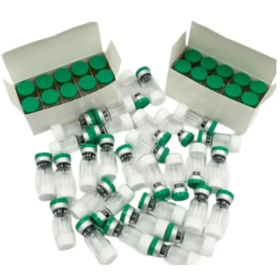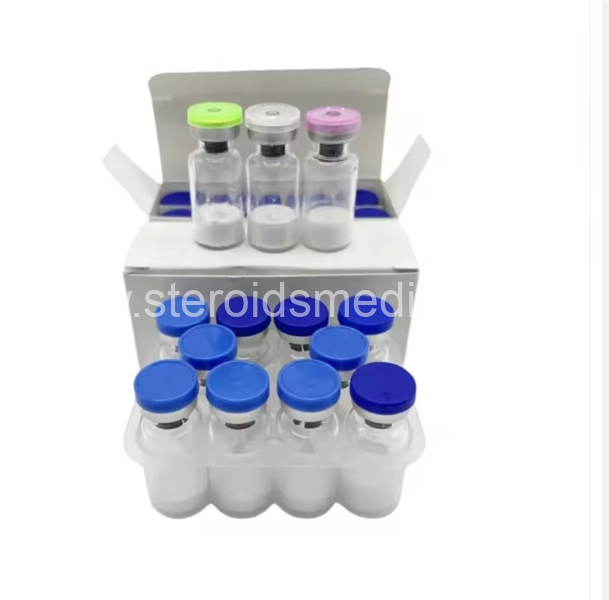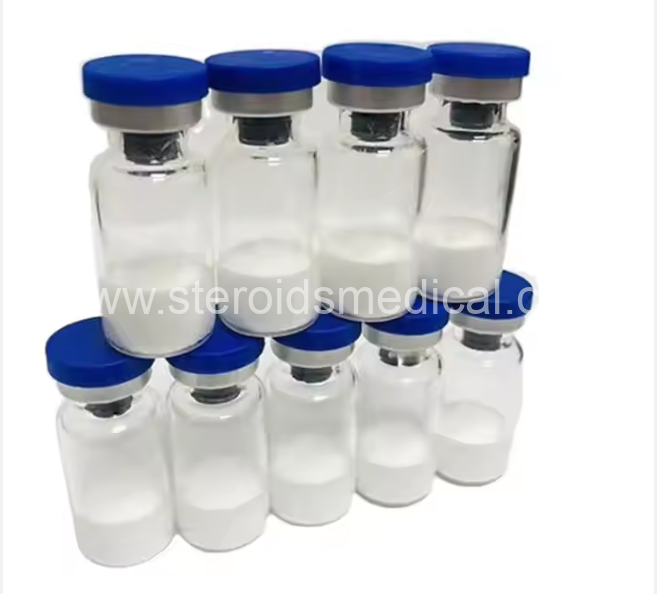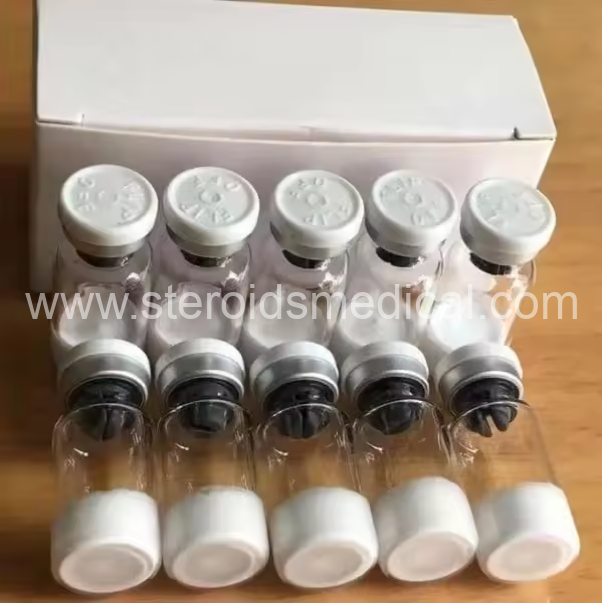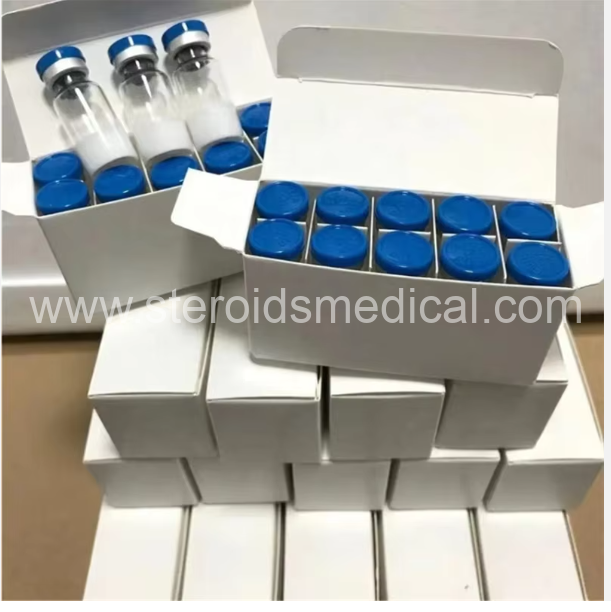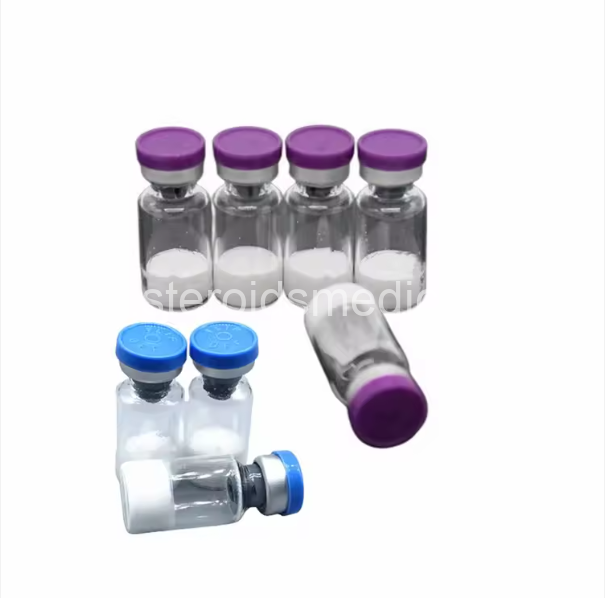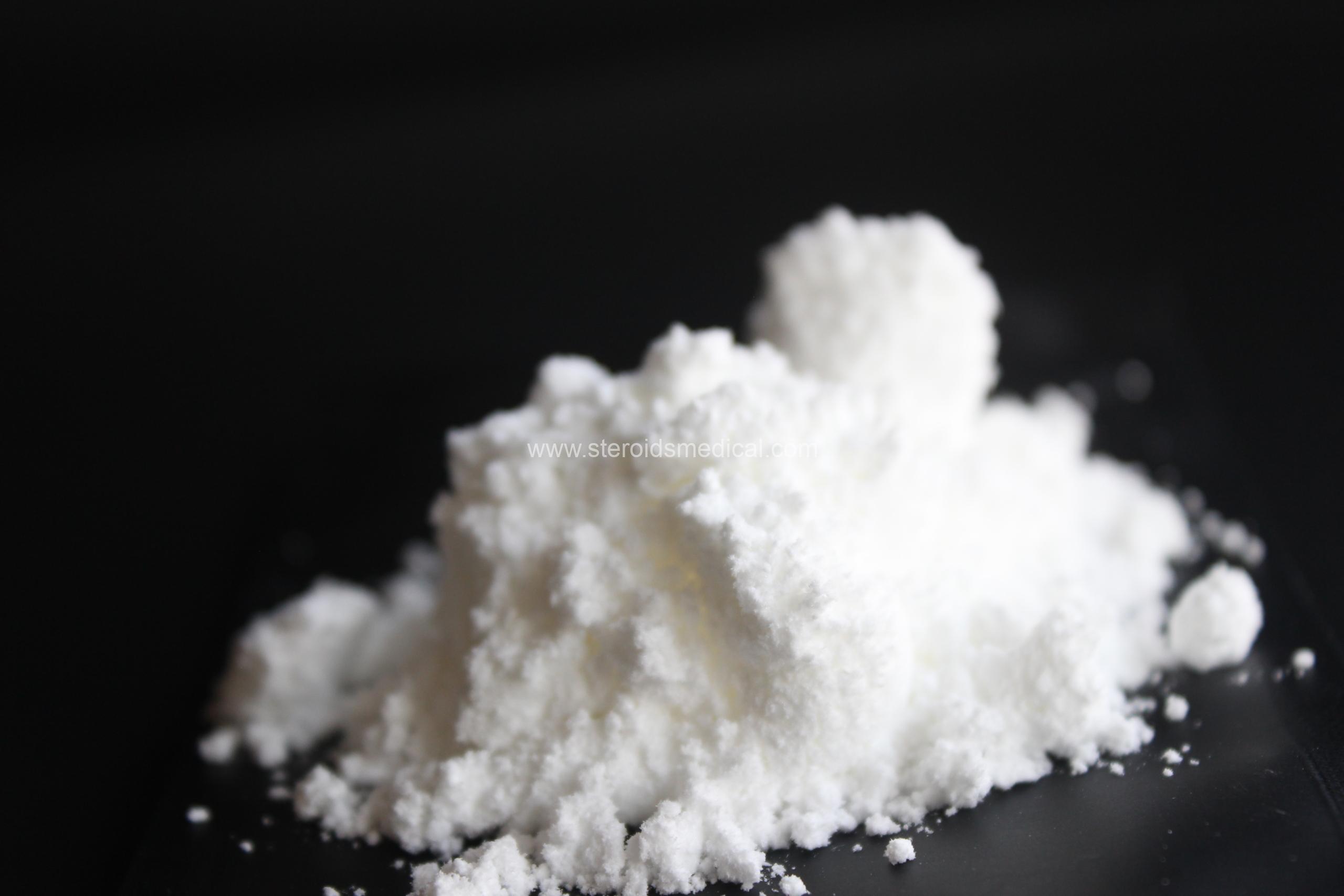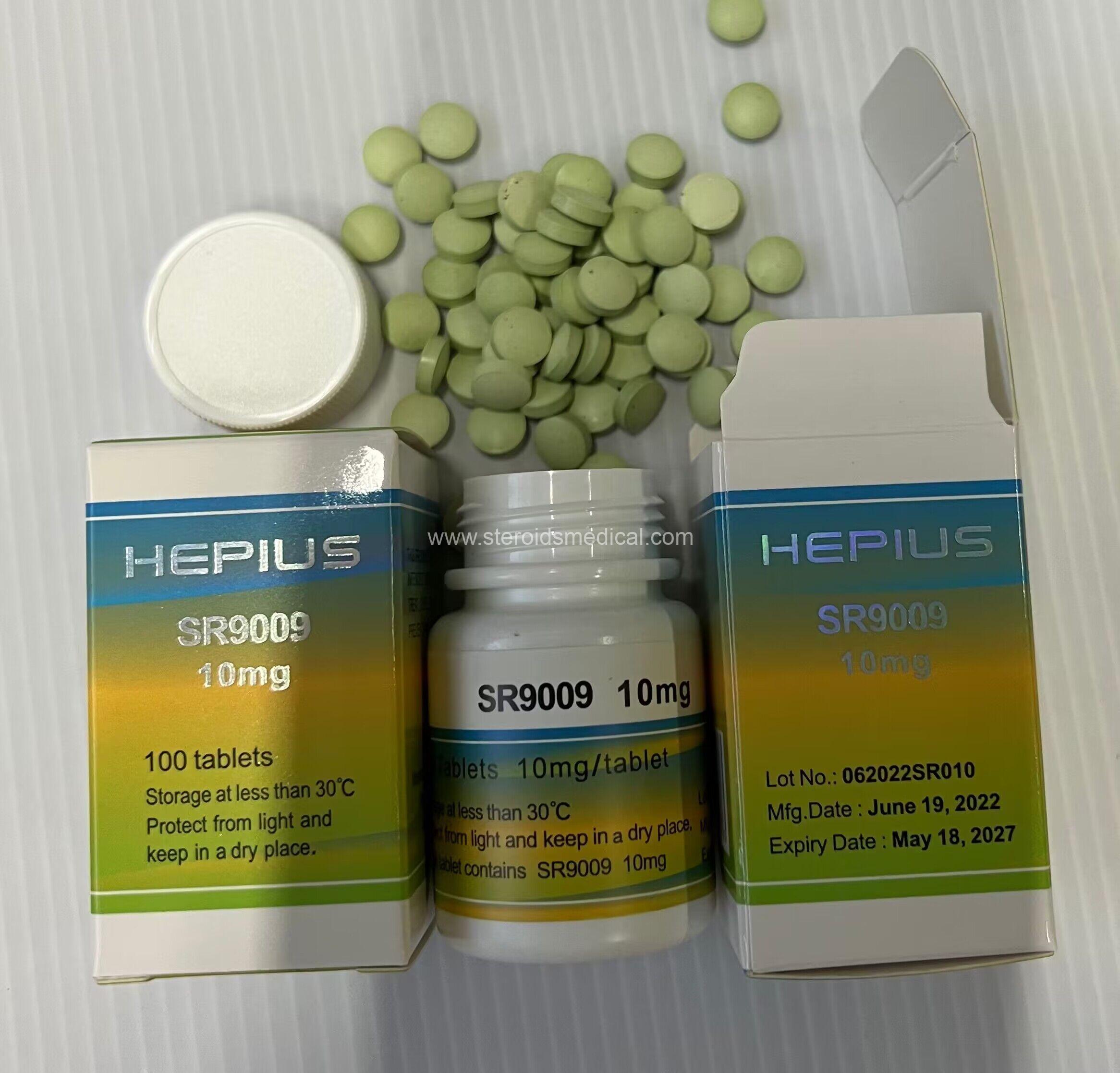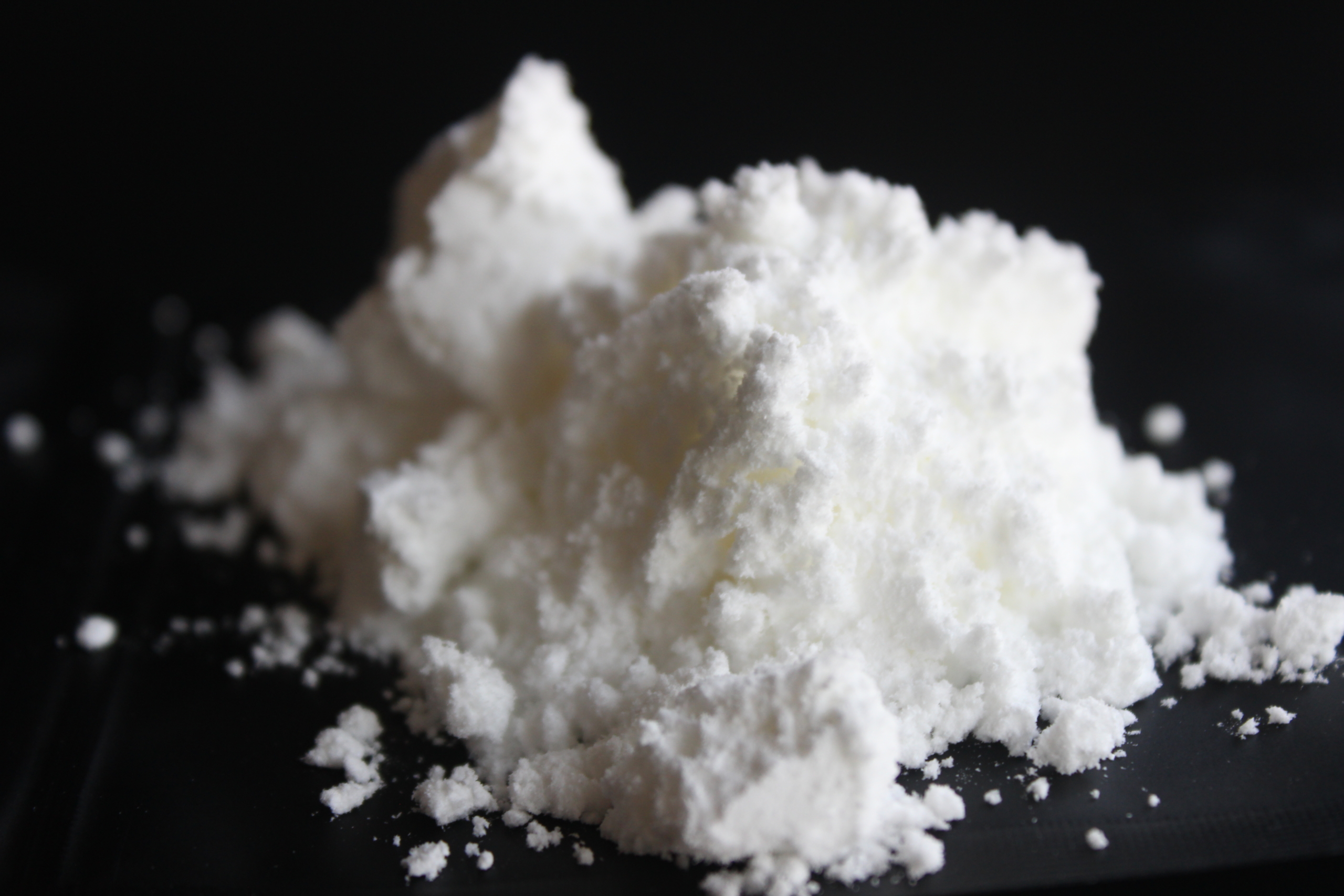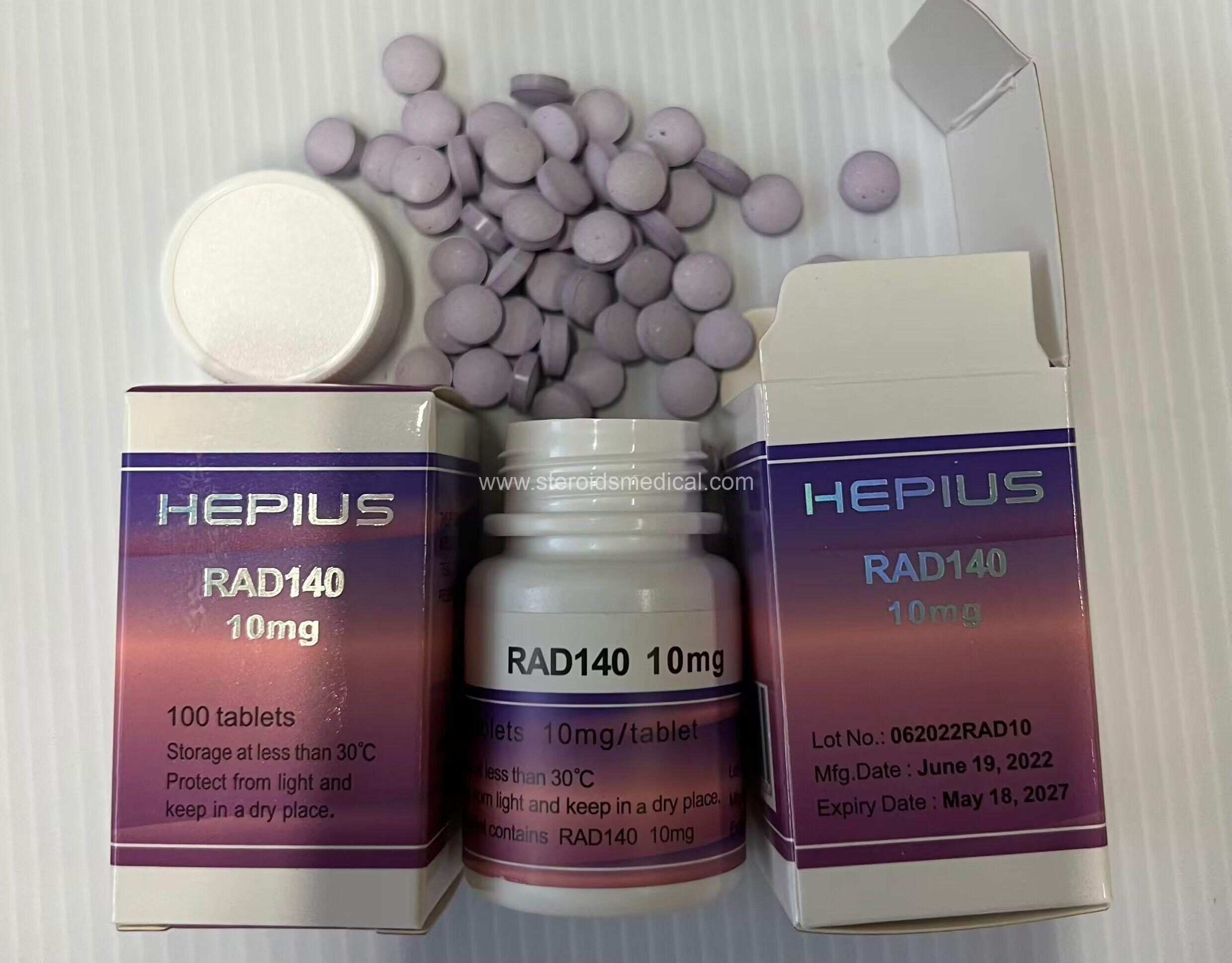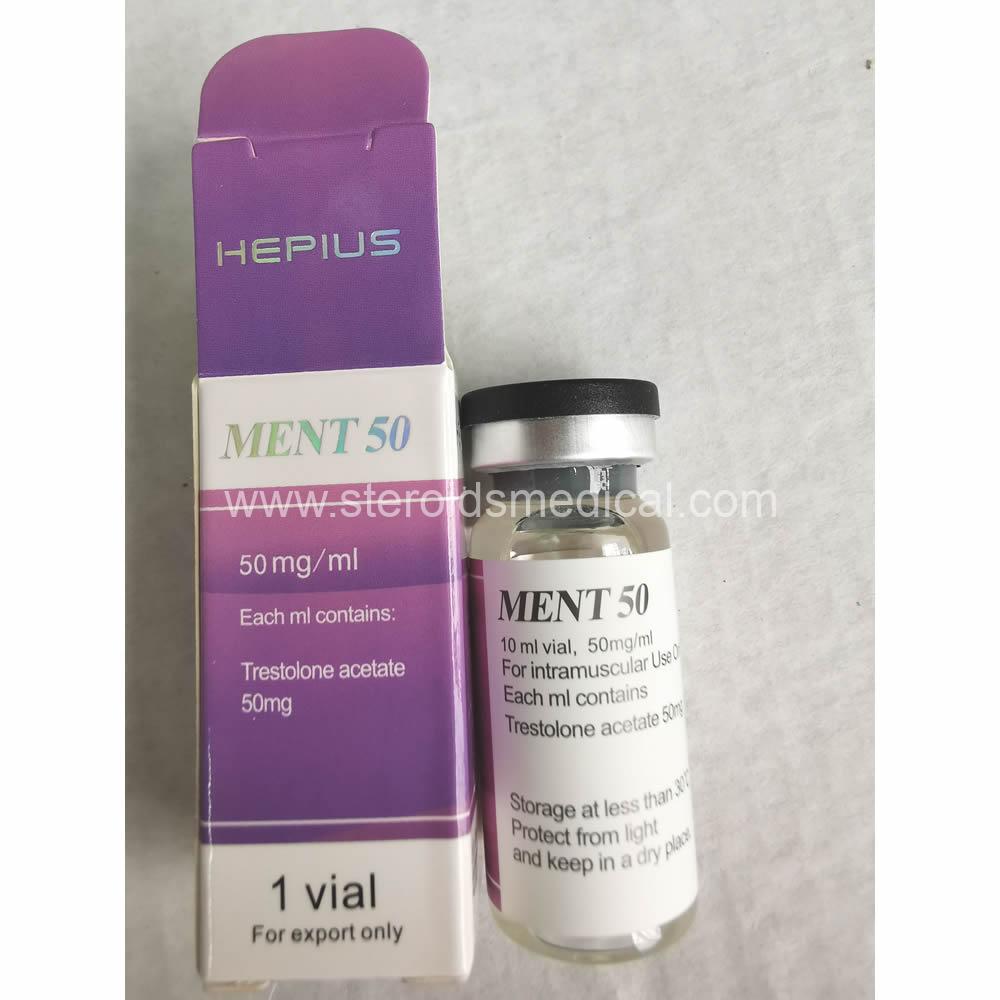Product description:
BPC-157 (Body Protection Compound-157) is a peptide derived from a protein found in the stomach and has gained attention for its potential therapeutic benefits, particularly in promoting healing and tissue repair. Here’s a detailed description of BPC-157, including its properties, uses, administration, and considerations:
Overview of BPC-157
Structure and Composition:
- Peptide Sequence: BPC-157 is a peptide consisting of 15 amino acids: H-Glu-Pro-Pro-Pro-Pro-Pro-Pro-Pro-Gly-Leu-Asn-Gly-Arg-Phe-OH.
- Source: Derived from a protective protein found in the gastric juice, which helps to maintain and repair the gastrointestinal lining.
Mechanism of Action:
- Tissue Repair: BPC-157 promotes healing by enhancing cell migration, proliferation, and differentiation. It acts by stimulating angiogenesis (formation of new blood vessels), which is crucial for tissue repair and regeneration.
- Anti-Inflammatory: It helps reduce inflammation, which can contribute to faster recovery and decreased pain associated with injuries.
Effects of BPC-157
Healing and Recovery:
- Muscle and Tendon Repair: Known for its ability to accelerate the healing of muscles, tendons, ligaments, and other soft tissues. It can be beneficial for athletes or individuals recovering from injuries.
- Bone Healing: It may support bone healing and recovery by promoting the repair of bone fractures and damage.
Gastrointestinal Health:
- Protective Effects: BPC-157 has protective effects on the gastrointestinal tract. It can help heal ulcers, protect the mucosal lining, and improve gut health.
Pain Management:
- Reduction of Pain: By promoting healing and reducing inflammation, BPC-157 can help alleviate pain associated with injuries and chronic conditions.
Neurological Benefits:
- Nerve Repair: It may support the repair of nerves and improve neurological function following injury.
Administration of BPC-157
Dosage:
- Common Dosage: A typical dosage is 200 to 500 mcg (0.2 to 0.5 mg) per day. The exact dosage can vary based on the specific condition being treated and individual response.
Reconstitution:
- Preparation: BPC-157 is usually supplied as a lyophilized (freeze-dried) powder. It needs to be reconstituted with a sterile diluent (e.g., saline) before use.
- Procedure: Mix the powder with the recommended amount of diluent according to the manufacturer’s instructions.
Injection Technique:
- Subcutaneous Injection: BPC-157 is typically administered via subcutaneous injection, which involves injecting the peptide into the fatty tissue just beneath the skin.
- Procedure: Clean the injection site with an alcohol swab. Draw the reconstituted peptide into a sterile syringe and inject it slowly into the subcutaneous tissue. Rotate injection sites to avoid irritation.
Frequency:
- Protocol-Based: Depending on the condition and response, BPC-157 might be administered daily or several times a week. Follow specific protocols or guidelines provided by a healthcare professional.
Storage:
- Temperature: Store the lyophilized powder in a refrigerator (2°C to 8°C). After reconstitution, use the solution within the recommended timeframe, typically 24 to 48 hours, and store it in a refrigerator.
Potential Side Effects and Considerations
Injection Site Reactions:
- Local Effects: Mild reactions such as redness, swelling, or pain at the injection site are possible but usually transient.
Systemic Effects:
- Limited Data: Systemic side effects are not well-documented but may include nausea or fatigue.
Long-Term Safety:
- Research Status: Long-term safety data on BPC-157 is limited. More research is needed to fully understand its safety profile and potential long-term effects.
Consultation:
- Healthcare Guidance: Always consult with a healthcare provider before starting BPC-157. They can provide guidance on proper dosing, administration, and monitoring for potential side effects.
Summary
BPC-157 is a peptide with notable potential for enhancing tissue repair and recovery. It promotes healing of muscles, tendons, and other tissues, has protective effects on the gastrointestinal tract, and may alleviate pain and support neurological recovery. It is administered via subcutaneous injections, with typical dosages ranging from 200 to 500 mcg per day. Proper reconstitution, administration, and adherence to safety guidelines are essential. Consulting with a healthcare professional is crucial to ensure proper use and minimize risks.
How to use it?
BPC-157 (Body Protection Compound-157) is administered primarily through subcutaneous injection, though the exact approach can depend on the specific application and protocol. Here’s a detailed guide on how to use BPC-157:
How to Use BPC-157
1. Reconstitution
Preparation:
- Supplied Form: BPC-157 is typically provided as a lyophilized (freeze-dried) powder in a vial.
- Diluent: You’ll need a sterile diluent, such as bacteriostatic water or saline, to reconstitute the peptide.
Steps:
- Clean Hands and Work Area: Ensure your hands are clean, and work in a sterile environment to avoid contamination.
- Reconstitution:
- Use a sterile syringe to draw the diluent.
- Slowly add the diluent to the vial of BPC-157 powder. Aim to direct the liquid against the side of the vial rather than injecting it directly onto the powder to avoid creating bubbles.
- Swirl gently to mix until the powder is fully dissolved. Avoid shaking vigorously.
2. Dosage
- Common Dosage:
- Typical Range: Dosages generally range from 200 to 500 micrograms (mcg) per day. The exact dosage may vary based on the condition being treated, individual response, and specific protocols.
- Consultation: Always follow the dosage recommendations provided by a healthcare professional or research protocol.
3. Administration
Injection Route:
- Subcutaneous Injection: BPC-157 is usually injected subcutaneously, which means into the fatty tissue just beneath the skin.
Injection Technique:
- Prepare the Syringe:
- Draw the prescribed dose of reconstituted BPC-157 into a sterile syringe.
- Remove any air bubbles by gently tapping the syringe and pushing the plunger slightly.
- Select Injection Site:
- Common sites include the abdomen, thighs, or other areas with fatty tissue.
- Rotate injection sites to prevent irritation and scarring.
- Clean the Site:
- Clean the injection site with an alcohol swab and let it dry.
- Inject:
- Pinch the skin to create a small fold.
- Insert the needle at a 45- to 90-degree angle.
- Inject the solution slowly and steadily.
- Withdraw the needle and apply gentle pressure to the site with a sterile cotton ball or gauze.
4. Frequency
- Typical Regimen:
- Daily or Multiple Times a Week: BPC-157 is often administered daily or several times a week.
- Protocol-Based: Follow specific guidelines based on the condition being treated and the response to the peptide.
5. Storage
Before Reconstitution:
- Temperature: Store the lyophilized powder in a refrigerator (2°C to 8°C). Avoid freezing.
- Shelf Life: Check the manufacturer’s guidelines for shelf life and storage conditions.
After Reconstitution:
- Refrigeration: Store the reconstituted peptide in the refrigerator.
- Usage Window: Use the reconstituted solution within the recommended timeframe, typically 24 to 48 hours, as per manufacturer instructions.
6. Safety and Precautions
Injection Site Care:
- Hygiene: Ensure that injection sites are clean and sterile to prevent infections.
- Rotation: Rotate injection sites to reduce the risk of irritation and tissue damage.
Consult Healthcare Professionals:
- Guidance: Always consult with a healthcare provider before starting BPC-157 to determine the appropriate dosage and administration protocol based on your specific needs and health conditions.
- Monitoring: Regularly monitor for any side effects or adverse reactions and report them to your healthcare provider.
PS:
About products, If you have any other questions , please contact us at anywhere anytime.
You may chat online or send E-mail to us: steroidsmedical@protonmail.com
Thank you for your time!
 Domestic Pharmaceutical Co., Ltd.
Domestic Pharmaceutical Co., Ltd.



